In this article, we will explore a question that many dog owners facing the difficult situation of a dog with parvo often ask: How long can a dog with parvo go without eating? Parvovirus is a highly contagious and potentially deadly disease that affects dogs, and managing their nutrition becomes crucial in their recovery. By understanding the factors that contribute to a dog’s ability to sustain without eating and the potential risks involved, you will be better equipped to support your furry friend during this challenging time.
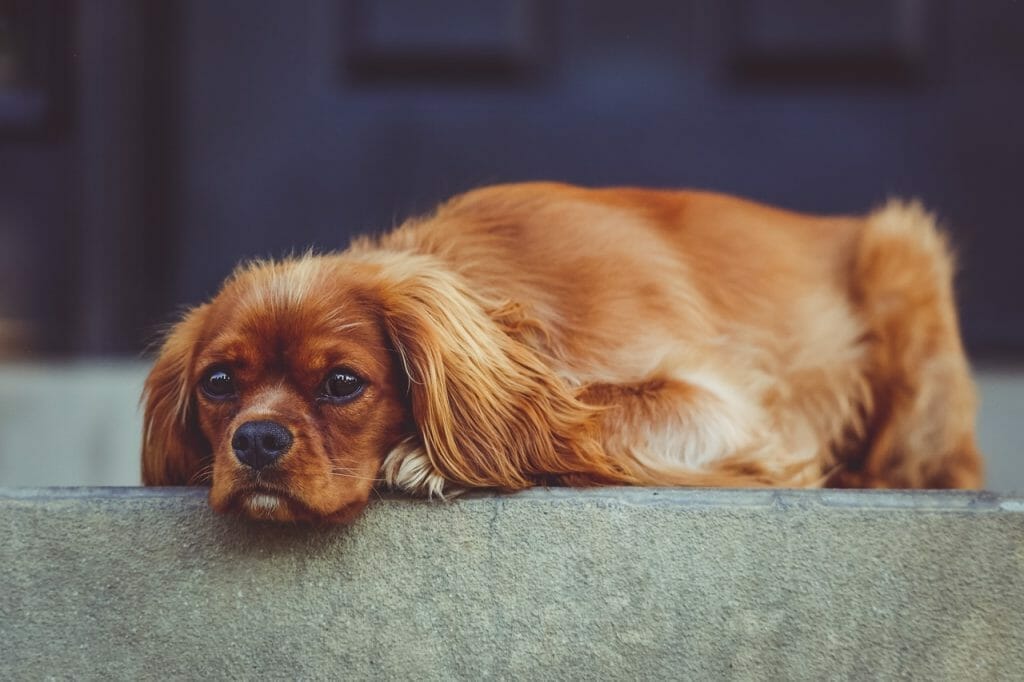
Understanding Canine Parvovirus
Definition of parvovirus
Canine parvovirus, commonly known as parvo, is a highly contagious and potentially life-threatening viral infection that affects dogs. It belongs to the Parvoviridae family and is primarily spread through contact with infected feces or contaminated environments. The virus can survive for long periods outside the host, making it easy to transmit to other dogs.
How parvovirus affects dogs
Once a dog is infected with parvovirus, it attacks rapidly dividing cells in the body, particularly in the gastrointestinal tract, bone marrow, and heart. This leads to severe damage to the lining of the intestines, causing gastrointestinal symptoms, such as vomiting, diarrhea, and dehydration. Parvo also weakens the immune system, making the dog susceptible to secondary infections.
Symptoms of parvovirus in dogs
Dogs infected with parvovirus often display symptoms such as severe diarrhea, often with a distinct foul odor, vomiting, lethargy, loss of appetite, fever, and abdominal pain. These symptoms typically develop within five to seven days after exposure to the virus. Prompt veterinary care is crucial to increase the chances of survival, as parvovirus can be fatal, especially in puppies or dogs with weakened immune systems.
How Parvovirus Impacts Dog’s Eating Habits
Effect of parvovirus on dog’s appetite
Parvovirus can have a severe impact on a dog’s appetite. Dogs infected with parvo often refuse to eat or experience a significant decrease in their appetite. This is primarily due to the damage caused by the virus to the intestines, which impairs their ability to absorb nutrients properly. Additionally, the virus can cause nausea and discomfort, making eating an unpleasant experience for the dog.
Understanding why dogs with parvo refuse to eat
Dogs with parvo may refuse to eat due to various reasons. The most common cause is the severe intestinal damage, which leads to inflammation and discomfort in the digestive system. The infected dogs may also experience abdominal pain, nausea, and vomiting, further suppressing their desire to eat. Additionally, the weakened immune system may lead to a loss of appetite as the body focuses on fighting off the virus.
Role of vomiting and diarrhea in parvo cases
Vomiting and diarrhea are prominent symptoms of parvovirus infection, and they contribute to the dog’s reluctance to eat. The constant vomiting and diarrhea result in fluid loss and electrolyte imbalances, leading to dehydration. This dehydration can cause weakness, fatigue, and an overall lack of interest in food. The loss of essential nutrients through vomiting and diarrhea can also further suppress the dog’s appetite.
Time Period of Fasting for Dogs with Parvo
Normal period without eating in dogs with parvo
The duration of fasting in dogs with parvo can vary depending on several factors, such as the severity of the infection, the dog’s overall health, and the effectiveness of treatment. Generally, dogs with parvo may go without eating for two to four days. However, it is essential to note that prolonged fasting can result in severe complications and should be closely monitored by a veterinarian.
Factors influencing fasting duration
Several factors can influence the duration of fasting in dogs with parvo. The severity of the infection plays a significant role, as dogs with more severe symptoms may require more time to recover their appetite. The effectiveness of treatment, including hydration and supportive care, can also impact how long a dog goes without eating. Additionally, individual differences in a dog’s overall health and immune response can affect the duration of fasting.
Risks of prolonged fasting in dogs with parvo
Prolonged fasting in dogs with parvo can have significant risks and complications. Without proper nutrition, the dog’s body may experience further weakness, decreased immune function, and muscle wasting. Extended periods of fasting can also lead to nutrient deficiencies and imbalances, which can hinder the recovery process. Monitoring the dog closely and consulting with a veterinarian is crucial to avoid these risks and ensure appropriate intervention if necessary.
Impact of Prolonged Fasting on Dog’s Health
Negative effects of not eating in dogs
Not eating for an extended period can have several negative effects on a dog’s health. The lack of nutrients and calories can lead to weight loss, muscle wasting, and a weakened immune system. Dogs that do not eat for an extended period may also experience a decrease in energy levels, lethargy, and an overall deterioration of their health. Without adequate nutrition, the body’s ability to fight off the virus and recover is significantly compromised.
Role of dehydration
Dehydration is a common consequence of parvovirus infection and can be exacerbated by prolonged fasting. The persistent vomiting and diarrhea result in the loss of fluids and electrolytes necessary for the body’s proper functioning. Dehydration can quickly become life-threatening, as it puts immense strain on the dog’s organs, including the kidneys. Rehydration is a critical aspect of the treatment for dogs with parvo and should be closely monitored by a veterinarian.
Long term effects of prolonged fasting
Prolonged fasting in dogs with parvovirus can have long-term effects on their overall health and well-being. It can lead to malnutrition, impaired growth in puppies, and a higher susceptibility to infections. The dog may also develop a weakened digestive system and difficulties in nutrient absorption. Long-term effects can vary depending on the individual dog’s overall health, the duration of fasting, and the quality of supportive care provided during the illness.

Nutritional Needs of Dogs with Parvo
Essential nutrients for dogs battling parvo
Dogs with parvovirus require specific nutrients to support their recovery and immune system. These include easily digestible proteins, carbohydrates, and fats, which provide energy and aid in tissue repair. Additionally, they need essential vitamins and minerals to restore the body’s nutrient balance. A veterinarian may recommend special diets or supplements designed to support a dog’s nutritional needs during the recovery period.
Role of hydration in recovery
Hydration is of utmost importance in the recovery of dogs with parvo. The constant vomiting and diarrhea lead to significant fluid loss, which can quickly escalate into dehydration. Providing adequate hydration through intravenous fluids or subcutaneous fluids is crucial to maintain the dog’s hydration levels and prevent organ damage. Rehydration also helps support the overall recovery process and promotes appetite.
Importance of high protein diet
A high protein diet is essential for dogs with parvo due to the severe damage the virus inflicts on the intestines. Protein aids in tissue repair, supports the immune system, and ensures proper growth and development. Feeding easily digestible protein sources, such as boiled chicken or lean ground beef, can assist in meeting the dog’s nutritional needs. A veterinarian can provide guidance on the appropriate protein levels and sources for a dog’s specific condition.
Feeding Strategies For Dogs with Parvo
Effective techniques to get your dog to eat
Encouraging a dog with parvo to eat can be challenging, but there are several techniques that may help stimulate their appetite. One approach is to offer small, frequent meals rather than large portions, as this can be less overwhelming for their weakened digestive system. Heating the food slightly can enhance its aroma, making it more enticing for the dog. Hand-feeding or using interactive toys can also encourage the dog to eat.
Introduction to assisted feeding
Assisted feeding may be necessary for dogs with parvo that refuse to eat or are unable to eat on their own. This can involve using a syringe or a feeding tube to deliver small amounts of food directly into the dog’s mouth or stomach. Assisted feeding should only be done under veterinary supervision to ensure the dog’s safety and prevent complications.
Role of appetite stimulants in parvo treatment
In some cases, veterinarians may prescribe appetite stimulants to help boost a dog’s desire to eat. These medications work by targeting the brain’s receptors responsible for regulating appetite. Appetite stimulants can be a useful tool in encouraging dogs with parvo to eat and regain their strength. However, their use should be carefully monitored and discussed with a veterinarian to ensure they are appropriate for the individual dog’s condition.
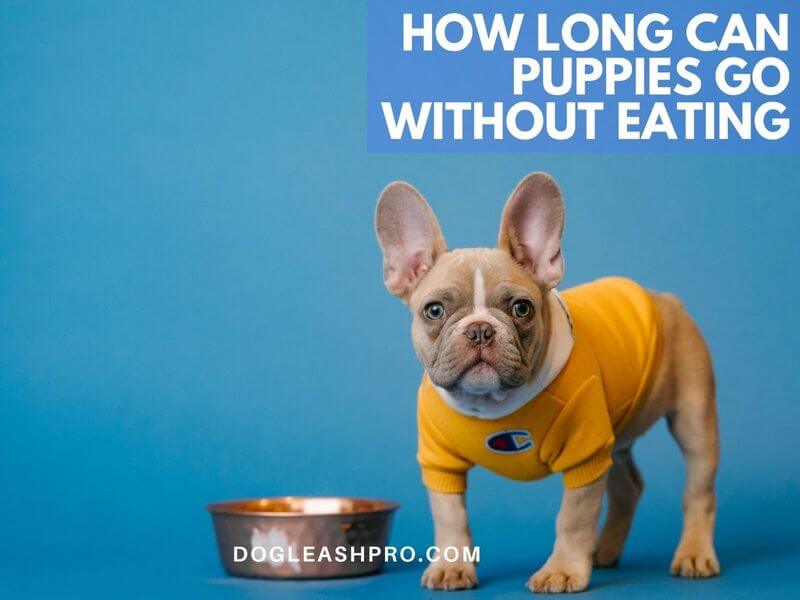
Creating a Comfortable Eating Environment
Importance of stress-free environment for feeding
Creating a calm and stress-free environment for feeding is crucial for dogs with parvo. The dog may already be experiencing discomfort and anxiety due to the illness, and a stressful environment can further inhibit their appetite. Minimizing noise, distractions, and other sources of stress during mealtime can help the dog feel more at ease and increase their willingness to eat.
Techniques for creating a calm environment
Several techniques can be employed to create a calm eating environment for dogs with parvo. Designating a quiet area specifically for mealtime, away from loud noises or busy activity, can help minimize distractions. Providing a cozy and comfortable space for the dog to eat, such as a soft bed or mat, can also contribute to a stress-free environment. Additionally, maintaining a consistent feeding schedule can help the dog anticipate mealtime and reduce anxiety.
Additional factors that could influence eating
Apart from the immediate environment, several additional factors can influence a dog’s eating habits during parvo recovery. Stress levels, overall health, and the presence of other pets or unfamiliar people in the environment can impact the dog’s appetite. It is important to be observant and make adjustments accordingly to promote a positive eating experience for the dog.
Alternative Feeding Methods
Understanding tube feeding
Tube feeding is a method used to deliver food directly into the dog’s stomach or intestines through a tube inserted either through the nose or surgically implanted. This technique is typically reserved for severely ill dogs with parvo who are unable to eat or keep food down on their own. Tube feeding allows for controlled and precise nutrient delivery, ensuring the dog receives essential nutrition for recovery.
Role of IV nutrition in parvo treatment
Intravenous (IV) nutrition is an important aspect of parvo treatment, especially in cases where the dog is unable to eat or tolerate food orally. IV fluids provide hydration and electrolyte balance, supporting the dog’s overall health and recovery. Additionally, IV nutrition may include essential nutrients and vitamins to ensure the dog receives adequate nutrition while they are unable to eat.
Exploring various forms of nutritional support
In addition to traditional feeding methods, there are alternative forms of nutritional support that can aid in a dog’s recovery from parvo. This may include specialized liquid diets or nutritionally dense supplements recommended by a veterinarian. These options provide easily digestible nutrients and can be beneficial for dogs that struggle to eat solid food or have specific dietary requirements during their recovery.

Role of Vet Care in Feeding Dogs with Parvo
Importance of vet guidance for feeding dogs with parvo
Veterinary guidance is essential when it comes to feeding dogs with parvo. A veterinarian can provide personalized recommendations based on the dog’s specific condition and needs. They can assess the dog’s health, monitor their progress, and make necessary adjustments to the feeding strategies to ensure the best chance of recovery. Regular communication with a vet during the treatment and recovery process is crucial for the dog’s overall well-being.
Regular monitoring of dog’s health during recovery
Throughout the recovery process, it is important to closely monitor the dog’s health and response to food. Regular check-ups with a veterinarian will allow for weighing the dog’s progress, assessing their hydration levels, and tracking any changes in appetite. These appointments also provide an opportunity to address any concerns or complications that may arise during the recovery period.
Adjustment of feeding strategies based on vet advice
Feeding strategies for dogs with parvo may need to be adjusted based on the advice of a veterinarian. As the dog’s condition improves, the vet may recommend gradually reintroducing a regular diet or transitioning from assisted feeding to self-feeding. It is important to follow their guidance and communicate any challenges or changes in the dog’s eating habits to ensure a successful recovery.
Road to Recovery: Overcoming Parvo-induced Anorexia
Expected timeline for recovery
The timeline for recovery from parvo-induced anorexia can vary depending on the severity of the infection, the individual dog’s health, and the effectiveness of treatment. Generally, dogs with parvo start showing improvement in their appetite and overall condition within a few days of treatment. However, it may take several weeks for the dog to fully regain their appetite and return to their normal eating habits.
Signs of improvement in eating habits
Signs of improvement in a dog’s eating habits during parvo recovery include an increased interest in food, willingness to eat without hesitation, and a decrease in vomiting and diarrhea. The dog may start finishing their meals and exhibit more energy and enthusiasm. It is important to monitor their progress closely and consult with a veterinarian if there are any concerns or setbacks in their eating habits.
How to reintroduce regular diet post-parvo
Reintroducing a regular diet after a dog has recovered from parvo should be a gradual process. Starting with small portions of easily digestible food and monitoring the dog’s response is essential. As the dog tolerates the food without any issues, the portion size and frequency of meals can gradually be increased. A veterinarian can guide the process and ensure a smooth transition to a regular, balanced diet.
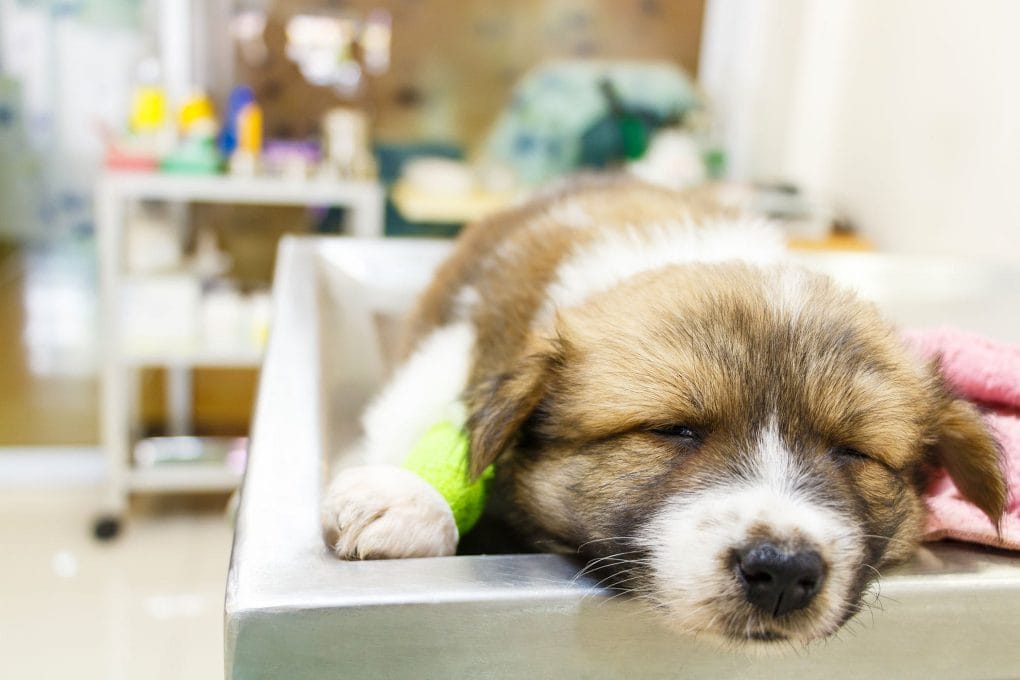

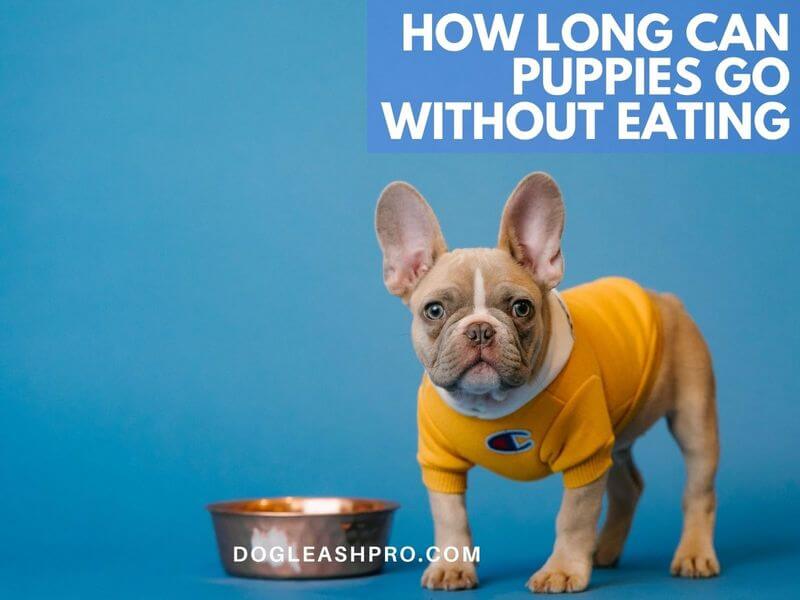
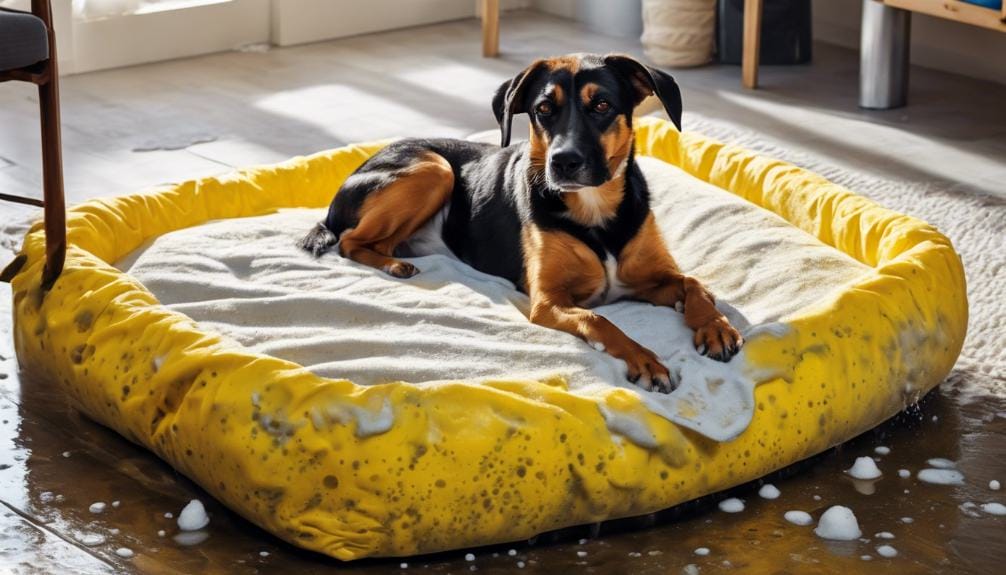
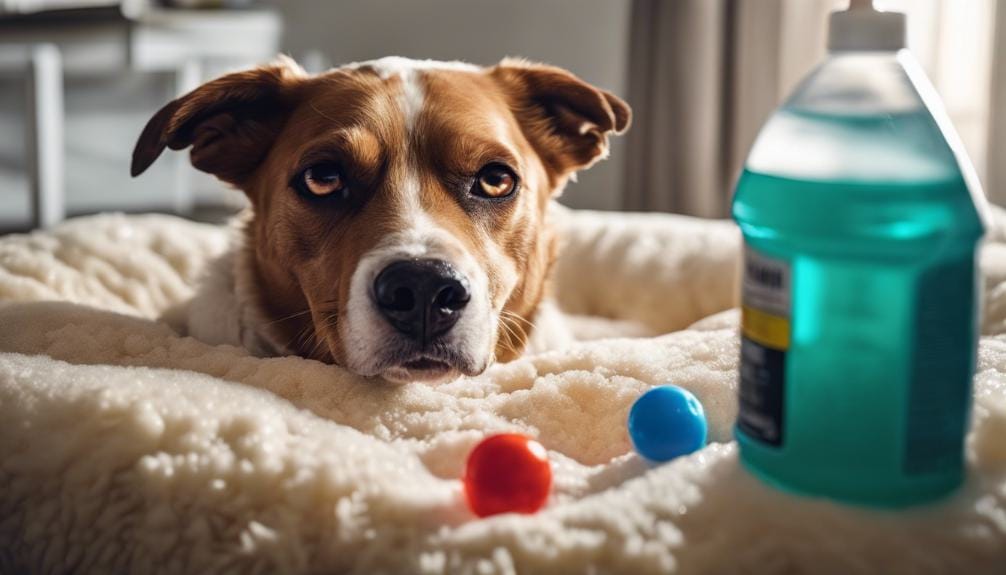
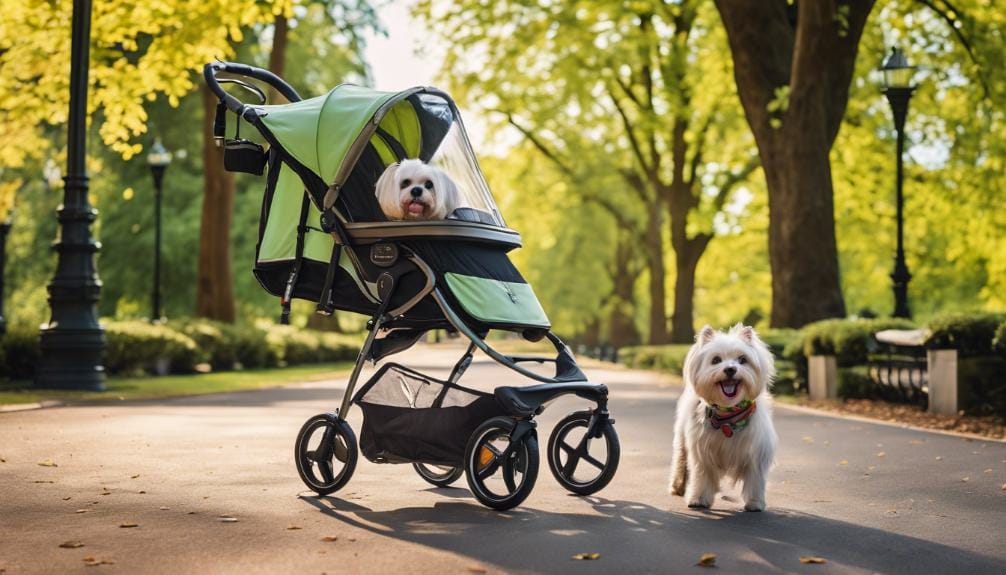
Leave a Reply
You must be logged in to post a comment.